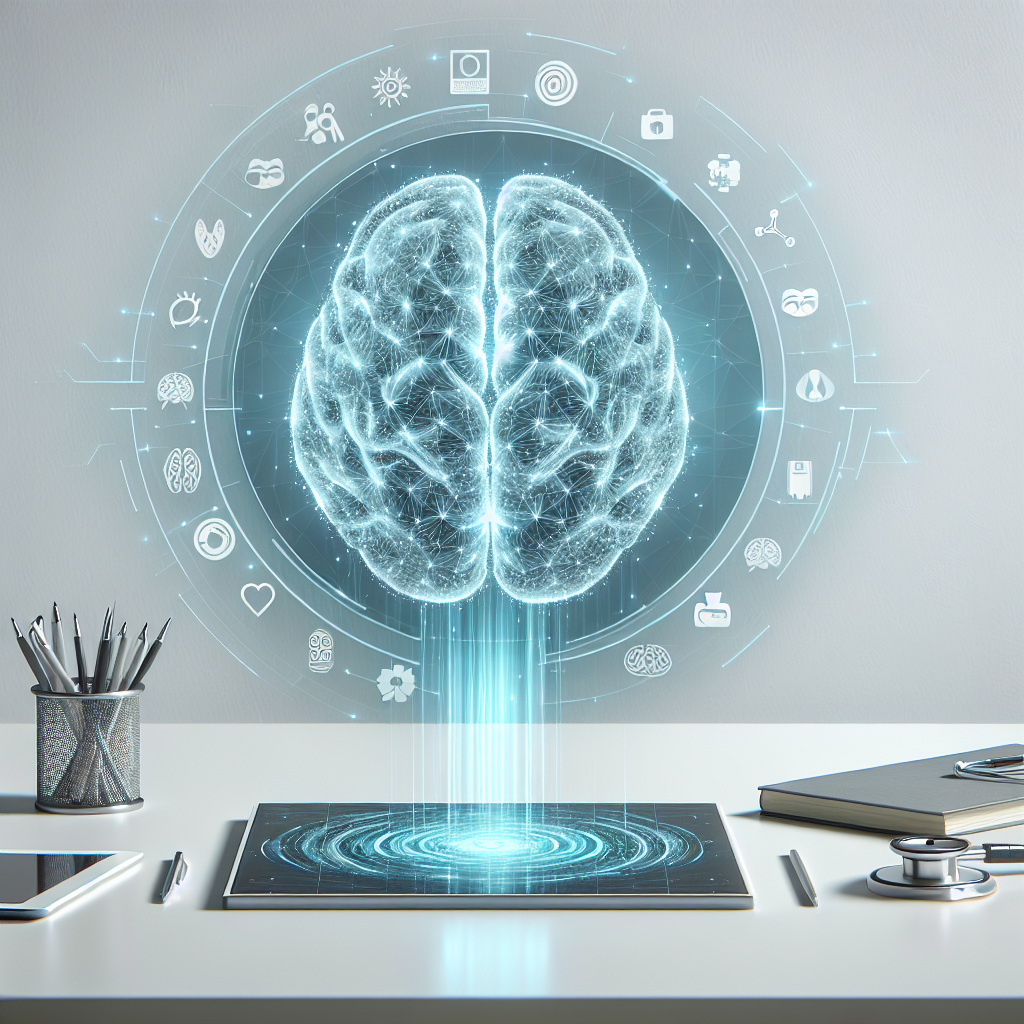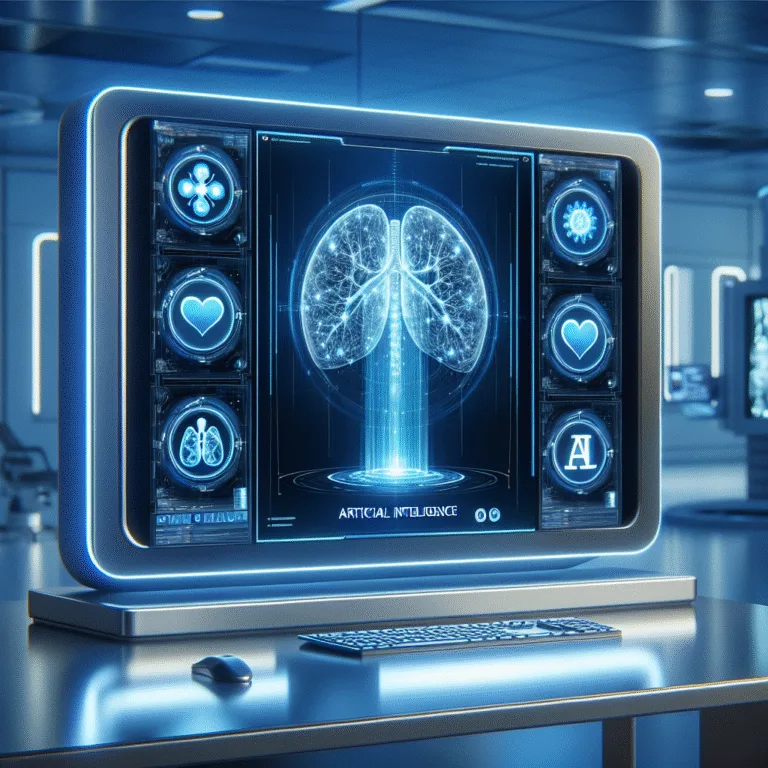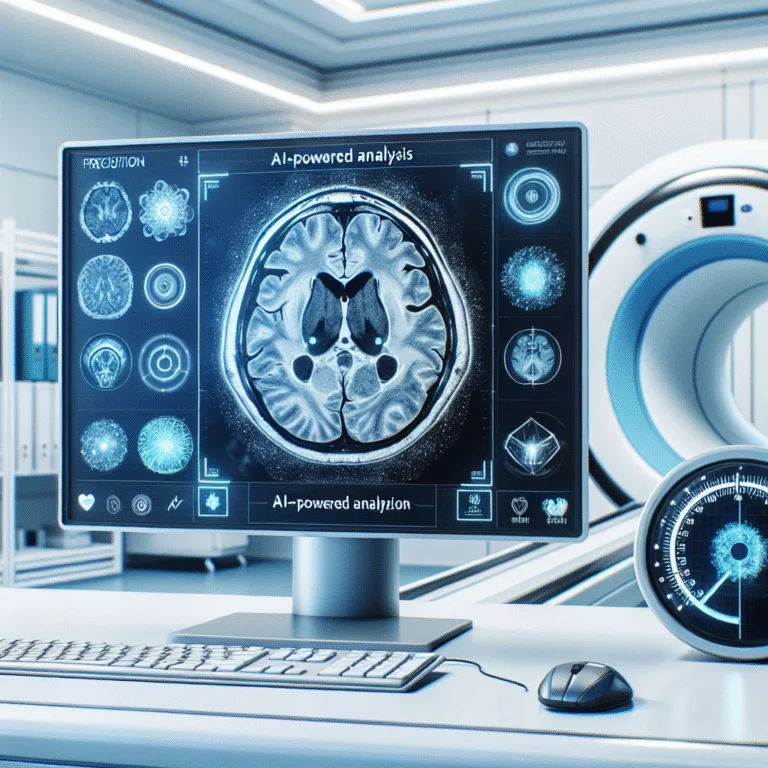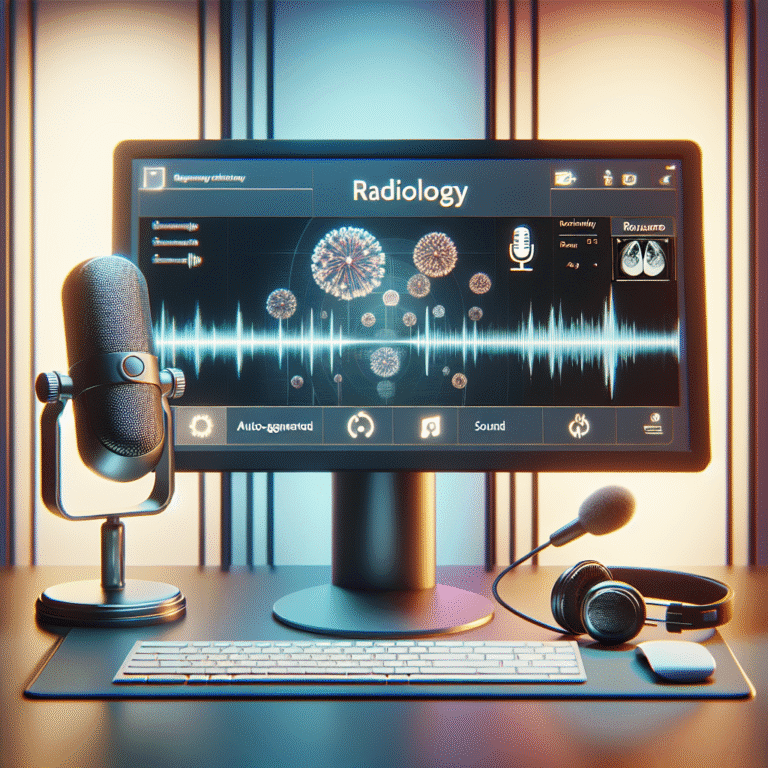The Evolving Role of AI in Radiology Reporting: A 2025 Deep Dive
As we step into 2025, the integration of Artificial Intelligence (AI) into radiology reporting has transformed from a progressive vision to a pivotal component of modern radiology practices. The adoption of AI is reshaping the landscape by enhancing the speed, accuracy, and efficiency of radiology reports, thus fundamentally altering the workflow within radiology departments. This article delves into the current state of AI in radiology reporting, exploring innovations that are changing the fabric of medical imaging.
The Current State of AI in Radiology Reporting
AI in radiology reporting encompasses a broad spectrum of tools and functionalities. From voice-enabled dictation systems to AI-powered editing and intelligent template integration, these technologies streamline processes and improve diagnostic precision. Radiologists today are leveraging AI not only to increase their productivity but also to enhance the quality of their reports.
Automated Transcription: Speed Meets Accuracy
Gone are the days when radiologists had to spend considerable time manually transcribing their findings. AI-driven transcription services are now capable of understanding medical jargon with remarkable accuracy, converting speech into text almost instantaneously. These systems employ natural language processing (NLP) algorithms that can recognize and transcribe complex medical terminologies. This automation significantly cuts down on the time traditionally spent on manual entry, allowing radiologists to focus on higher-value tasks such as diagnostics and patient consultations.
Moreover, the integration of AI transcription tools with radiology information systems (RIS) and picture archiving and communication systems (PACS) ensures seamless data flow and efficient report generation. This synergy not only boosts operation speed but also lends itself to a more robust data management process.
AI-Powered Editing: Enhancing Precision in Reporting
Editing is a crucial part of the radiology reporting process, as clarity and accuracy are paramount. AI-powered editing tools automatically rectify errors, suggest superior phrasing, and highlight inconsistencies within reports. By learning from previous reports and incorporating user feedback, these systems continuously improve their accuracy over time.
AI systems can suggest corrections in real-time, reducing the need for repetitive reviewing and editing. This capability ensures reports are accurate and comprehensive, ultimately improving patient care by providing clear and precise information for treatment planning.
Intelligent Template Integration: Customization Meets Efficiency
The development of intelligent report templates allows radiologists to quickly generate the scaffolding of a report, which they can then customize based on the specific clinical scenario. AI systems come pre-equipped with standardized language and structure, fostering a uniform approach to report writing that reduces variability.
Furthermore, the intelligent integration systems can adjust templates dynamically by analyzing the type of examination and patient demographics, reducing manual intervention and the likelihood of human error. This adaptability ensures that reports meet individual patient needs while adhering to the standard practices of the radiology field.
Benefits of AI in Radiology Reporting
The drive towards AI-assisted reporting processes offers numerous benefits for radiology professionals and patients alike:
- Increased Efficiency: Automation of tedious tasks provides radiologists with more time to focus on patient interaction and diagnostic analysis.
- Enhanced Accuracy: The precision of AI in detecting inconsistencies helps reduce errors, contributing to more trustworthy reports.
- Standardization of Reports: The implementation of uniform reporting templates enhances communication between healthcare providers and bolsters collaborative efforts.
- Time Savings: With streamlined workflows, the turnaround time for generating reports decreases, speeding up the overall patient management process.
Future Directions in AI-Powered Radiology Reporting
As AI continues to evolve, so will its role in radiology. Emerging technologies such as deep learning and machine learning are expected to further refine AI capabilities in analyzing complex imaging data. Future AI models could anticipate potential diagnoses, assist in triaging cases based on urgency, and even provide decision support through predictive analytics.
Moreover, seamless integration of AI tools into existing healthcare infrastructure promises enhanced interoperability, enabling comprehensive patient data to be compiled efficiently from multiple sources. The trend towards AI-aided radiology is a testament to the broader movement of digital transformation in healthcare.
As we advance further into the next decade, AI’s potential to fundamentally change how radiology reports are created, analyzed, and utilized will undoubtedly present both challenges and opportunities. Staying informed and adaptable will be crucial for radiologists seeking to capitalize on the transformative potential of these technologies.
For further insights into how AI is transforming the healthcare landscape, explore resources from the Radiological Society of North America and keep abreast of advancements from leading industry players such as IBM Watson Health.
In conclusion, AI stands as a transformative ally in radiology, championing a revolution that not only refines the technical aspects of report writing but also enhances the holistic functionality of radiology departments. As AI technologies grow in sophistication, their role will only become more pivotal in driving the future of radiology and healthcare at large.







